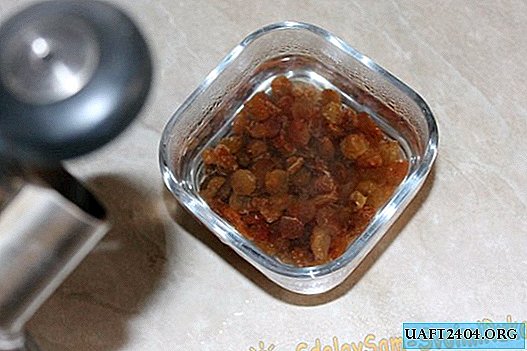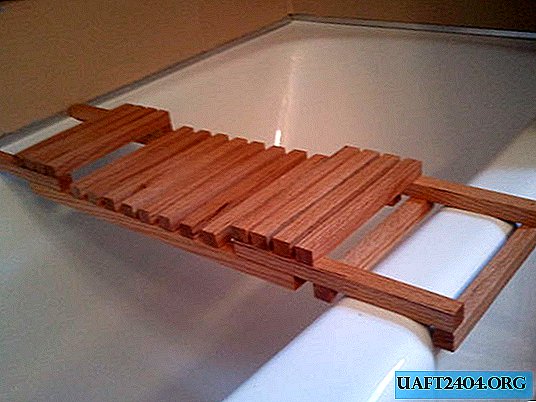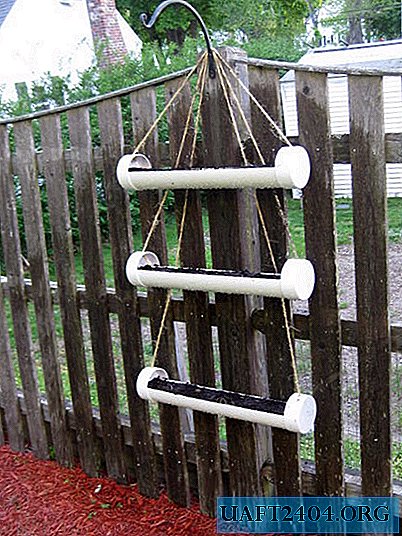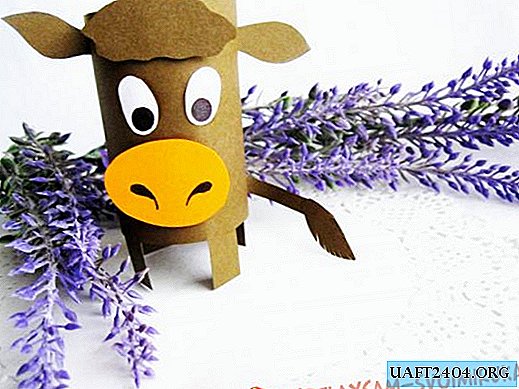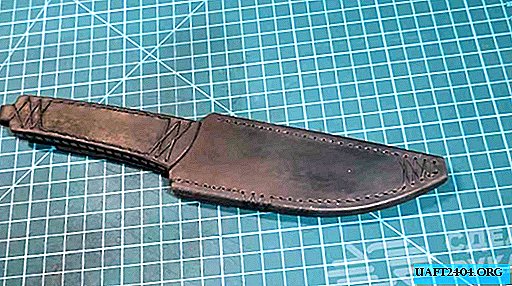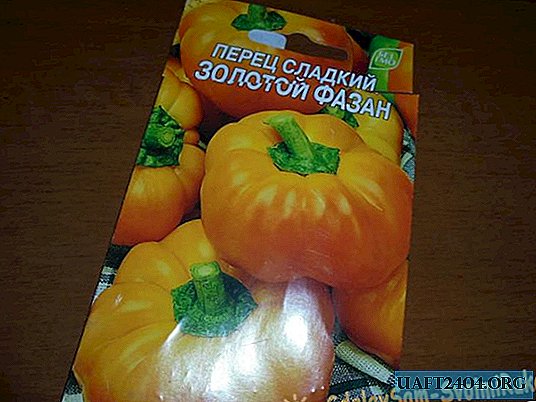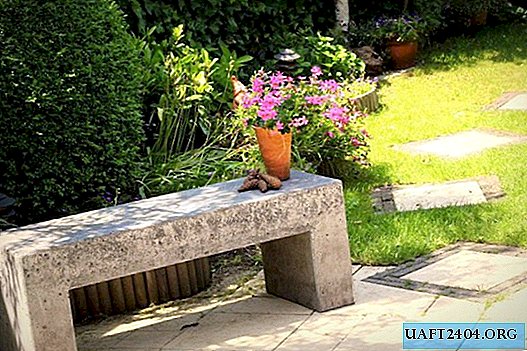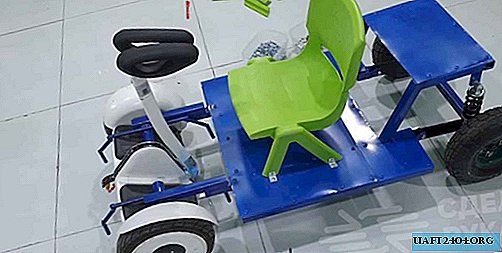Share
Pin
Tweet
Send
Share
Send
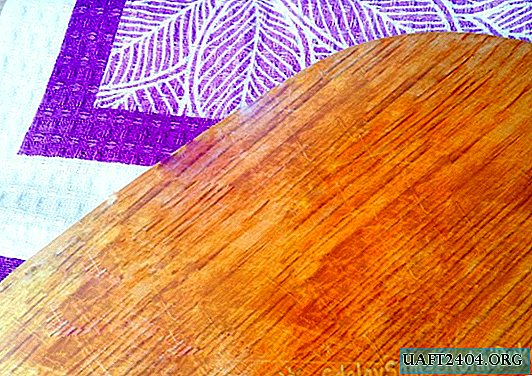
Disinfection of wooden cutting surfaces is an effective way to get rid of bacteria and microorganisms. They multiply in cracks, chips, on a smooth and rough surface, feeding on the remnants of products. It is especially important to disinfect the tree after cutting raw meat and fish. Absorbed meat juice, the remains of fish tissues can provoke the propagation of staphylococcus and botulism bacillus. You can get rid of food debris, prevent the propagation of pathogenic organisms, remove stains and unpleasant odors using improvised means.

How to wash the cutting surface
In a professional kitchen, chefs cut different types of products on separate boards. And, nevertheless, they are systematically treated with disinfectants. At home, most often use the same surface in order to chop fruits, cheese, sausage, bread. On it, form cutlets of raw minced meat.
After each use, the boards must be washed in hot water with a soapy solution. If the product is made from an integral part of hardwood, it can be washed in a dishwasher. If the base is made of plywood, glued bamboo or wooden blocks of varying degrees of hardness, then wash only by hand.

On a note. Drying boards better by hanging on a hook or placing in an upright position. It is not recommended to wipe them with an ordinary kitchen towel, since microorganisms also accumulate on it. If you urgently need to dry the tree, it is better to use disposable paper towels.
How to remove a foul odor
Getting rid of the smell of fresh garlic or herring is quite difficult. If the usual rinsing in soapy foam did not help, you can use lemon juice, a solution of baking soda or gruel from fresh apples in the following way.
1. Grate a slice of lemon
The smell of lemon almost instantly neutralizes the aromas of various products. For example, fish, cheese, onions. To do this, the surface cleaned under running water is rubbed with a slice of lemon. The juice is left for 5 minutes, then washed off for 1 minute with water.

2. Apply an aqueous solution of soda
If the lemon was not at hand, use sodium bicarbonate. To do this, a tablespoon of soda is mixed with a teaspoon of water.

The gruel is evenly applied to the tree and left to dry. The residue is washed off with water.

3. Distribute grated apples throughout the area
Conventional apples will help give the tree a fresh and neutral aroma (the variety does not matter). They are rubbed on a fine grater, distributed over the entire area for 10 minutes. It is not recommended to leave the mixture for a longer period of time, as dark traces may remain on the surface (due to oxidation of iron).

How to remove stains
After cutting fatty foods, noticeable spots remain on the wooden plane. There are several ways to deal with them:
- grate the tree with oil or petroleum jelly to even out the color of the surface;
- remove stains with salt, lemon juice, vinegar or toothpaste.

A mixture of rock salt and lemon
The combination of lemon juice with salt is a universal remedy that allows you to remove stains, eliminate odors and disinfect at the same time. A handful of salt is poured with an even layer on the plate, rubbed in a circular motion with part of the lemon until the juice mixes with the salt. The resulting gray liquid is washed off, the board is wiped with a paper towel.

Vinegar
Vinegar 6% is used undiluted. It is locally applied to the stains for 10 to 12 minutes. If the area of pollution is large, then take 9% vinegar. It is diluted with water in equal proportions and applied to the entire area for several minutes. After thoroughly rinse with water.

Tip. An aqueous solution of vinegar can be poured into a spray bottle to spray the plane after each use. Vinegar helps eliminate salmonella and E. coli.
Toothpaste
A regular toothpaste helps fill in the cracks and remove small roughnesses. It removes strong odors. It is advisable to use white paste, rather than colored gels. It is enough to spread a thin layer of paste along the fibers with a toothbrush, and then rinse off.

How to sanitize
If cutting wooden boards have not been disinfected for a long time, it is advisable to treat them with strong bactericidal agents: peroxide, chlorhexidine, laundry soap or chlorine bleach.
The action of chlorhexidine
A broad-spectrum medical antiseptic is safe for the human digestive system, kills many types of bacteria, has no specific odor, and does not leave chemical burns on the skin. They treat the contaminated surface with a moistened cotton pad. Leave to soak for 10 minutes, then rinse.

Method of using laundry soap
Foam of a dark laundry soap is a universal remedy that is suitable for treating various surfaces. Foam perfectly cleans dirt and pathogens. It is applied evenly after cutting raw meat, liver, chicken or fish. Timely treatment avoids infection, staining and mold. After 5 minutes, the foam is washed off with water.

Variant of use of peroxide
A medical antiseptic is also used to remove certain types of microorganisms. It is best to use hydrogen peroxide in tandem with vinegar: first, the plane is moistened with vinegar, and then a 3% peroxide solution is applied.

Bleach application
In especially difficult cases, when chronic fat and soot are absorbed into the tree, mold or fungus appears, a chlorine-based disinfectant is used. It is bred in hot water according to the instructions (about half a glass per 5 liters of water). In the resulting solution, immerse wooden (also plastic) boards for no more than 20 minutes. During this time, chlorine bleaches spots, destroys odors and microorganisms. After bleach, the board is rinsed under running water for at least 5 minutes.

Regular processing of boards allows you to keep them clean, and also extends their life.

Share
Pin
Tweet
Send
Share
Send

